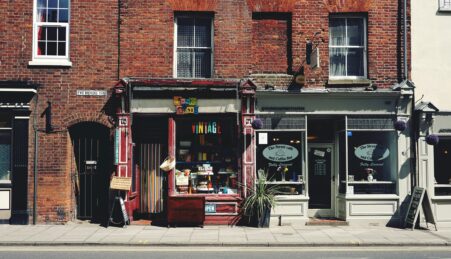By Jacqueline Grima
Manchester Metropolitan University’s Humanities in Public Festival continued this week with an event entitled ‘Photobomb: A dialogue on selfies, violence and war’. The event, hosted by MMU Lecturer in Digital Media, Dr Adi Kuntsman, and graphic artist, Jenna Brager, from Rutland University in New Jersey, formed part of the festival’s ‘WAR’ strand.
With the use of social media now accessible to almost everyone across the globe, self-portraits taken on a mobile phone, or ‘selfies’ as they are better known, have become an increasingly common part of our everyday lives. In addition, with instant access to the internet through smartphones and tablets, we have become used to sharing these images of ourselves almost immediately.
Adi’s presentation focussed on the use of selfies by military personnel in war zones, looking in particular at the Israeli occupation of the West Bank and Gaza. Known as ‘selfie-militarism’, this practice separates itself from everyday selfie-taking in its unfamiliar contexts and motivations.
In recent times, selfies containing images of soldiers in war zones have become increasingly common. For example, images that have recently gone viral have included Israeli soldiers posing in the empty houses of Palestinian victims and young Palestinians framed by a sniper’s viewfinder. Often posted onto soldiers’ personal Facebook or Instagram pages, these images show, according to Adi, “the incorporation of military violence into the ordinary and everyday.”
Adi went on to discuss two particular cases of ‘selfie-militarism’. Firstly, she looked at the case of an Israeli soldier in the West Bank who was suspended from duty after a picture of him pointing a gun was posted to the internet. As a consequence of the suspension, thousands of Israeli soldiers went on to post selfies in support of their colleague, an act that Adi described as “a digital tsunami.”
In another case, a female Israeli soldier created an album on her Facebook page entitled ‘The Best Days of My Life’. Adi said: “In the images, the woman posed playfully against the background of three blindfolded men, their hands bound with plastic handcuffs.” The woman was in fact posing with recently-captured Palestinian prisoners which she then posted online amongst more mundane pictures of her military life.
Adi went on to say how, often, soldiers featured in warzone selfies conceal their faces. Sometimes, this is to avoid action being taken by their superiors but, at other times, the act of self-concealment, or the use of an ‘absent perpetrator’, strengthens the impact of the image on a global audience. Adi stated: “Once you do that there is no-one to be held accountable.”
Following Adi’s presentation, Jenna Brager talked to the audience about ‘The Selfie and the Other’, focussing on the reaction of third-world selfies when seen by a Western audience. In other words, how a Western audience can often make assumptions about the context of a selfie taken by a third world citizen. Jenna said of the increasing use of mobile phone images across the internet: “It makes the third-world selfie taker acceptable for Western spectators but also suspect.”
She went on to talk about the images that have recently been seen across social media of Syrian refugees taking selfies and using selfie-sticks. These images, usually doctored, go against the Western idea of refugees being downtrodden and poverty-stricken. Jenna said: “They are framing our reaction to the suffering of others.”
She added: “The selfie travels but it is subject to misinterpretation.”
Jenna also talked about cases where selfies have been taken only moments before a tragic event has occurred, such as the image of four teenage boys that was taken only moments before a car bomb exploded nearby. In these circumstances, Jenna said, the selfie “pulls individuals from an anonymous crowd of victims.” She went on to say how, usually, following an event like this, it is the selfie that is seen all over the world rather than news reports or images of the actual event.
The event concluded with an audience discussion, Adi and Jenna putting out questions surrounding the ethics of producing and circulating the images under discussion. They also talked about how, often, people are willing to put forward opinions on social media that they, perhaps, would be reluctant to voice in real life. Jenna said: “Increasingly, it seems to be okay to be overtly racist on social media as it doesn’t come across as ‘proper’ racism.”
The concept of ‘selfie-militarism’ will be further explored in the Humanities in Public ‘Photobomb’ exhibition which launches on Friday 13th September in the Holden Café Gallery in Grosvenor Building. The exhibition will feature a series of images associated with war, conflict and protest from around the globe. It will also feature installations of activist journalists’ work as provided and curated by Activestills. The ‘Photobomb’ exhibition will be available to visit until Friday 20th November. For more information, see the Humanities in Public website.






Leave a reply